The Railway Project Management Board ( Ministry of Transport ) is promoting the preparation of a pre-feasibility report for the Lao Cai – Hai Phong railway project. This will be a new route built with a standard gauge of 1,435mm, replacing the 1,000mm gauge route from the French era.
In a report recently sent to the Ministry of Transport, the Railway PMU said that the Vietnamese consultant for the pre-feasibility report (a joint venture of TEDI – TRICC – Hung Phu – CCTDI) has coordinated with the Chinese consultant to complete the initial report. The pre-feasibility report is expected to be completed by the end of 2024.
$11.6 billion project
According to the preliminary design, the Lao Cai – Hai Phong railway project starts at the rail connection point with the Chinese railway in Lao Cai city; the end point is at Lach Huyen port (Hai Phong). The length of the route is about 417km, of which the main route is 396.6km long, the 2 branches connecting Nam Do Son port and Dinh Vu port are 20.3km long.
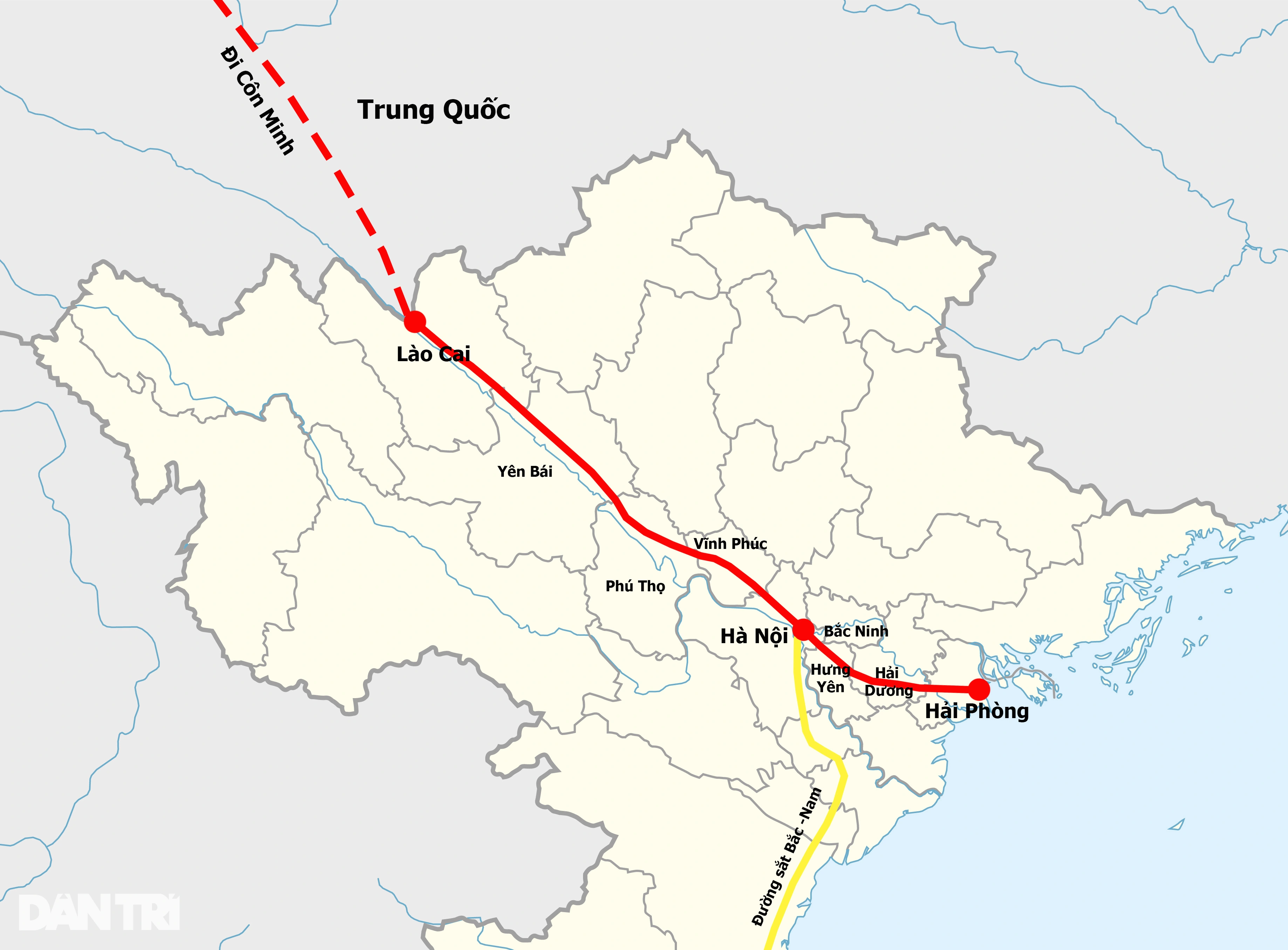
Regarding the route, the project passes through 9 provinces including Lao Cai, Yen Bai, Phu Tho, Vinh Phuc, Hanoi, Bac Ninh, Hung Yen, Hai Duong and Hai Phong. There are expected to be 36 stations on the route (average 12km/station). PMU Railway said it has consulted with 9 localities and basically reached consensus on the route and station locations.
Compared to the old route built during the French period, the new route will be fundamentally changed with a standard gauge of 1,435mm, and trains running on electricity instead of diesel. The function of the route is to transport passengers and goods. The design speed is 160km/h.
Similar to the North-South high-speed railway, the Lao Cai-Hai Phong railway is also determined to avoid densely populated areas, saving on site clearance costs, in accordance with national and local planning.
The road will have 3 main structures including elevated (bridges) in urban areas, densely populated areas, intersections with rivers or other structures; tunnels in mountainous areas and on the ground in sparsely populated areas, without intersections and less affected by natural disasters.
According to the plan, the Lao Cai - Hai Phong railway has a total investment of 11.6 billion USD, mobilized from ODA loans from the Chinese Government, counterpart capital from the Vietnamese Government and other legal capital sources.
The project is divided into two investment phases. Phase 1 (8.57 billion USD) will clear the entire route, invest in single-track roads and build works on the route. Phase 2 will complete the construction of double-track roads.
A Piece of the Belt and Road Initiative
In the near future, Vietnam and China will negotiate the rail connection plan, the coordinate range of the rail connection point between Lao Cai station and Ha Khau Bac station (China), and move towards signing a rail connection agreement in 2025.
The two governments are also expected to sign a cooperation agreement on railway development. Under this agreement, China will support Vietnam in preparing a feasibility report for the project in the form of non-refundable aid; consider arranging preferential loans for Vietnam, and create conditions for signing a loan agreement after the feasibility report is approved.
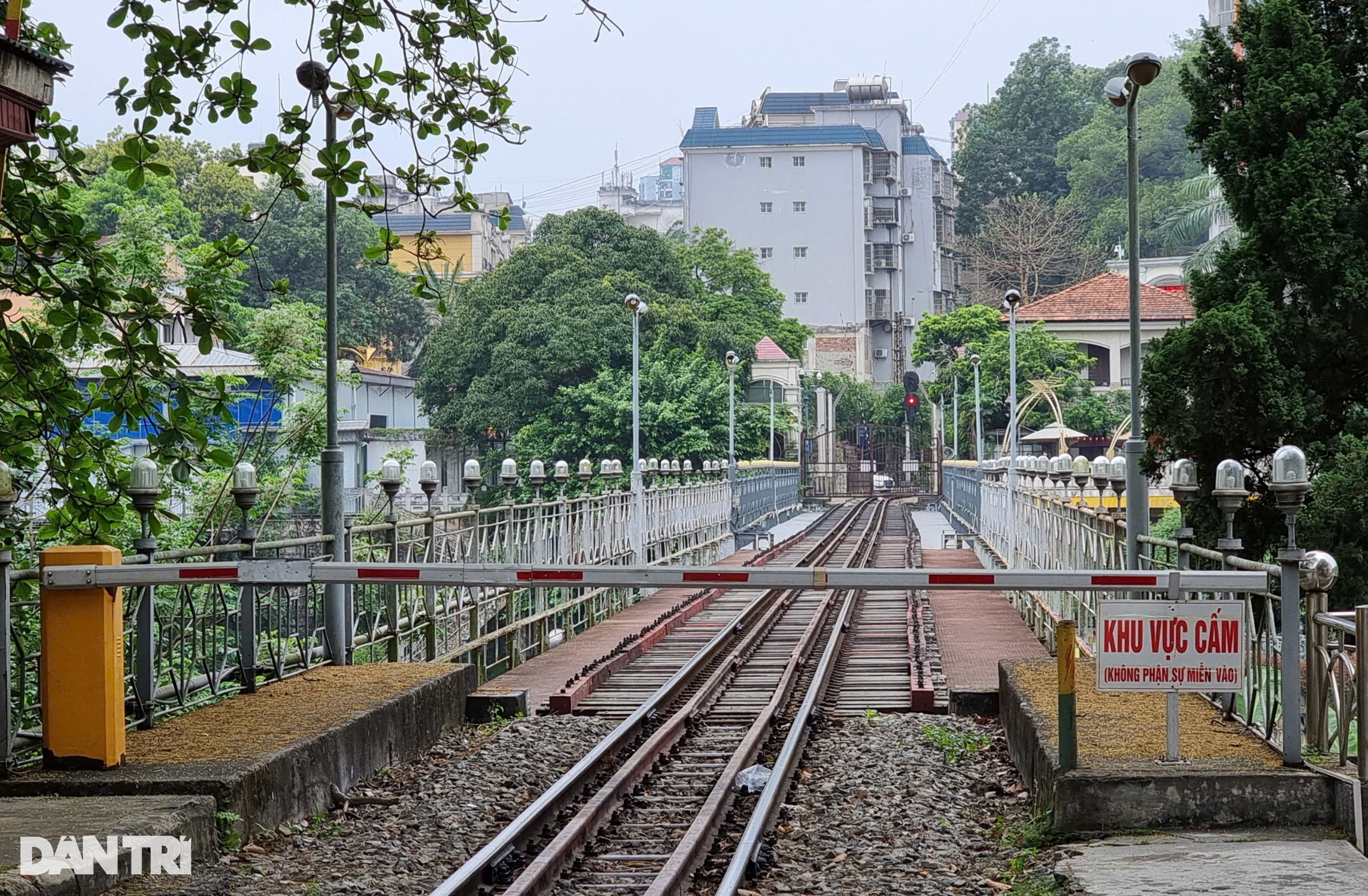
Regarding investment preparation, the Railway PMU estimates that if all steps are fully implemented, it will take up to 7 years to start the project. This unit has proposed to the Ministry of Transport an investment plan in a shortened order so that it can submit the investment policy to the National Assembly for approval at the 9th session (May 2025) and is expected to start the project in December 2025.
Up to now, the investment prospect of Lao Cai – Hai Phong railway has become “brighter” after the visits of high-ranking leaders of Vietnam and China. Both countries have identified the need to implement the project.
During his working trip to China on November 10, Prime Minister Pham Minh Chinh emphasized the determination of the two countries in implementing standard gauge intermodal railway routes, including the Lao Cai - Hai Phong route.
Previously, on October 13, during Chinese Prime Minister Li Qiang's visit to Hanoi, the two government leaders also witnessed the signing of a Memorandum of Understanding on the technical plan for railway connection between Lao Cai station (Vietnam) and Hekou Bei station (China).
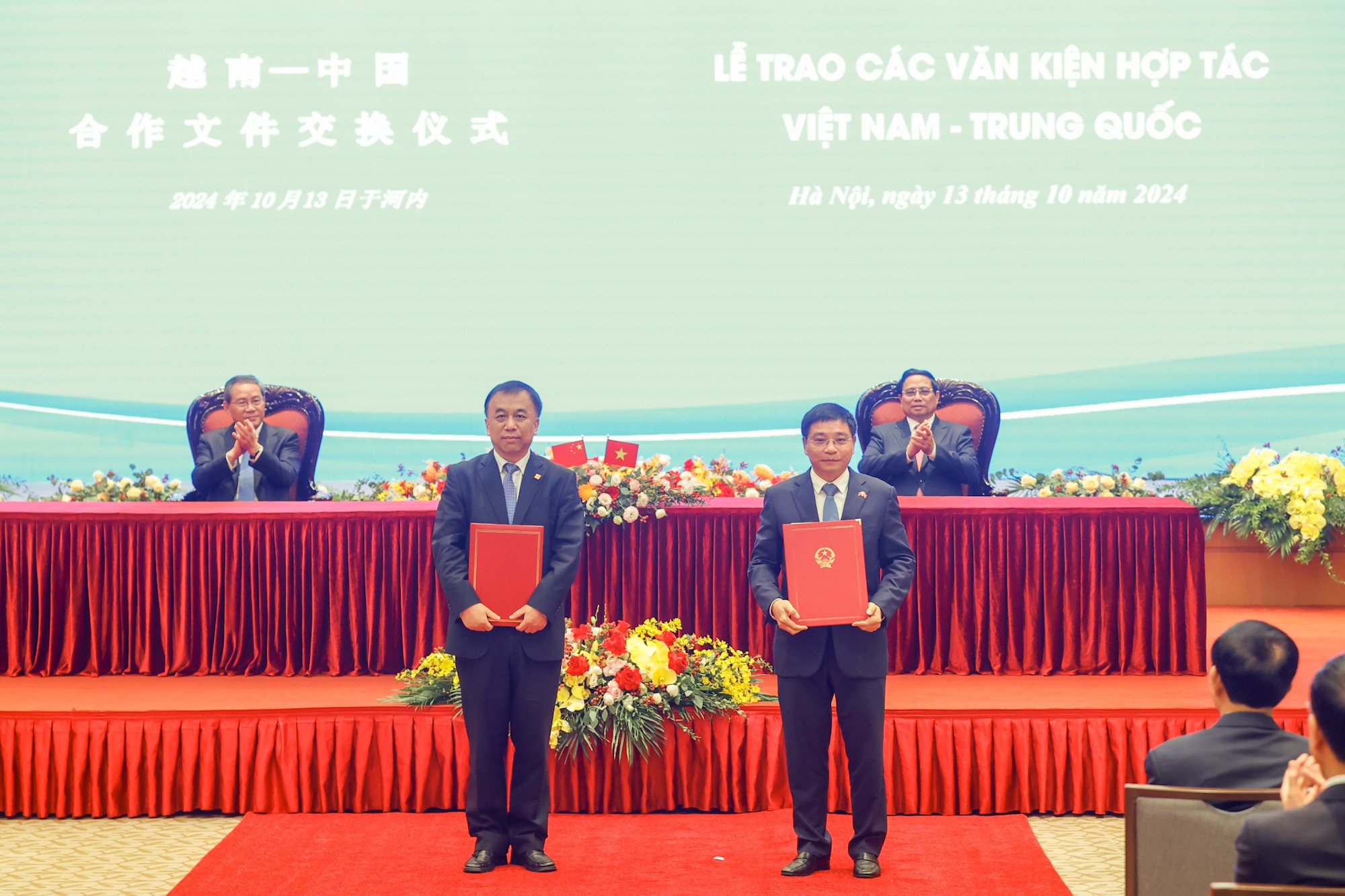
With this project, Vietnam has the opportunity to have a railway line to China with standard gauge, running on electricity instead of diesel, and with a speed superior to the existing railway line.
In the context of China being a large consumer market for Vietnamese goods and agricultural products, the intermodal railway promises to help reduce logistics costs and shorten customs clearance time for goods.
For China, having a railway connecting Yunnan to Vietnam's Hai Phong seaport is part of its broader "Belt and Road" strategy, and is also part of the "Two Corridors, One Economic Belt" initiative that the two countries have agreed on.
On the threshold of cooperation, many Vietnamese will recall the Cat Linh – Ha Dong railway project, which was the first piece of the “Belt and Road” initiative in Vietnam. The implementation of this project has shown a series of limitations in investment preparation, site clearance, project management and the downside of receiving ODA capital with conditions attached.
Criticism of Hanoi's first metro line only subsided when the project was put into operation and quickly became the preferred public transport for the capital's residents.
Currently, the leadership team of the Railway Project Management Board, the agency that developed the Lao Cai – Hai Phong railway project, are the same people who “suffered” with the problems in the Cat Linh – Ha Dong railway project in the past. This opens up hope for learning from experience and not repeating past mistakes.
Dantri.com.vn
Source: https://dantri.com.vn/xa-hoi/duong-sat-lao-cai-hai-phong-116-ty-usd-duoc-trien-khai-the-nao-20241113184613269.htm



![[Photo] General Secretary To Lam attends the conference to review 10 years of implementing Directive No. 05 of the Politburo and evaluate the results of implementing Regulation No. 09 of the Central Public Security Party Committee.](https://vphoto.vietnam.vn/thumb/1200x675/vietnam/resource/IMAGE/2025/5/19/2f44458c655a4403acd7929dbbfa5039)
![[Photo] Panorama of the Opening Ceremony of the 43rd Nhan Dan Newspaper National Table Tennis Championship](https://vphoto.vietnam.vn/thumb/1200x675/vietnam/resource/IMAGE/2025/5/19/5e22950340b941309280448198bcf1d9)
![[Photo] Close-up of Tang Long Bridge, Thu Duc City after repairing rutting](https://vphoto.vietnam.vn/thumb/1200x675/vietnam/resource/IMAGE/2025/5/19/086736d9d11f43198f5bd8d78df9bd41)
![[Photo] President Luong Cuong presents the 40-year Party membership badge to Chief of the Office of the President Le Khanh Hai](https://vphoto.vietnam.vn/thumb/1200x675/vietnam/resource/IMAGE/2025/5/19/a22bc55dd7bf4a2ab7e3958d32282c15)
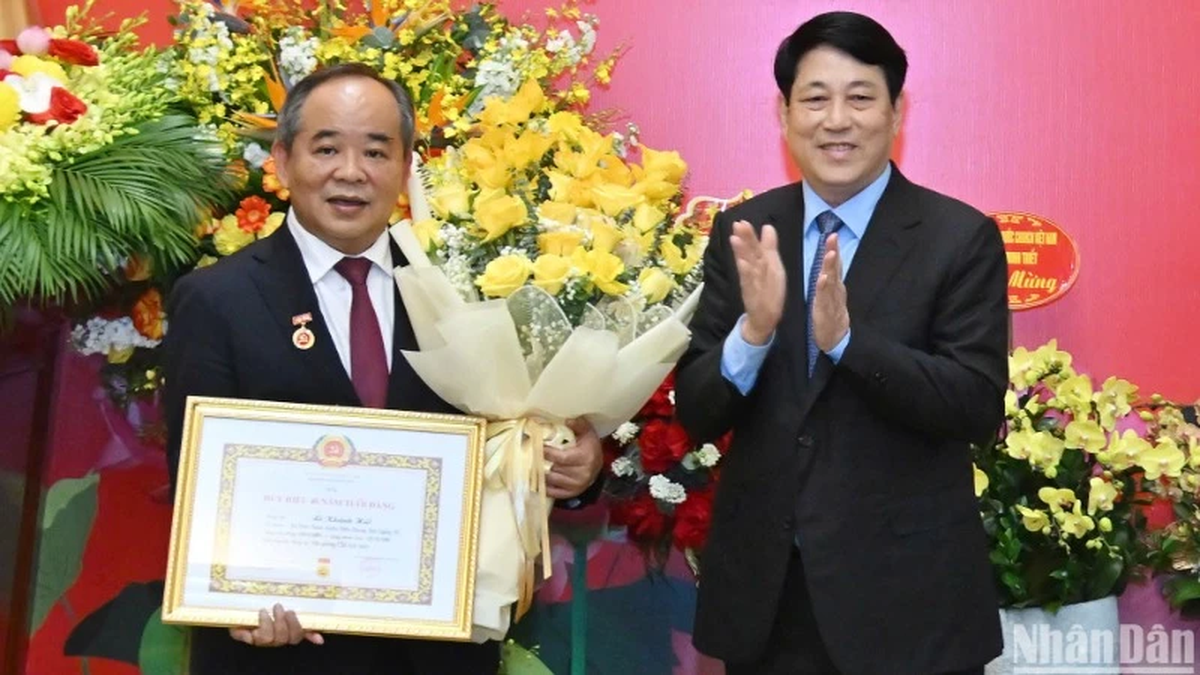






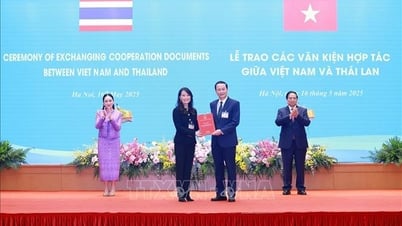


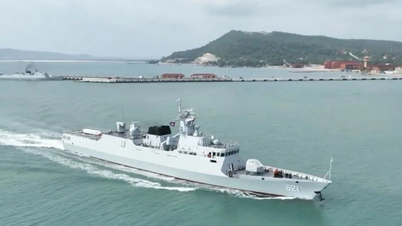


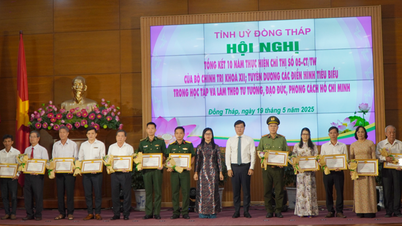
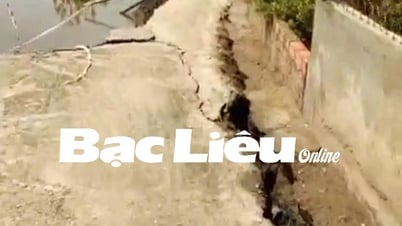









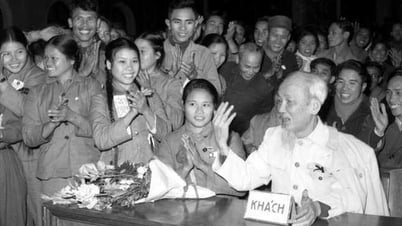



![[Photo] Prime Minister Pham Minh Chinh inspects the progress of the National Exhibition and Fair Center project](https://vphoto.vietnam.vn/thumb/1200x675/vietnam/resource/IMAGE/2025/5/19/35189ac8807140d897ad2b7d2583fbae)







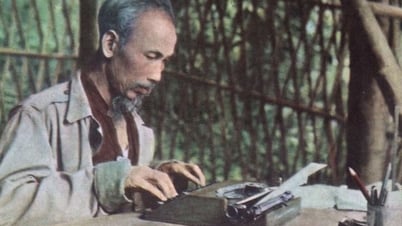
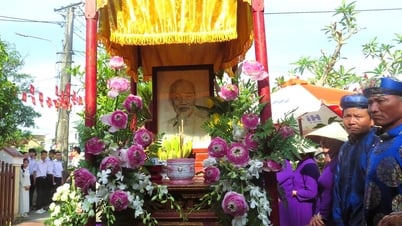









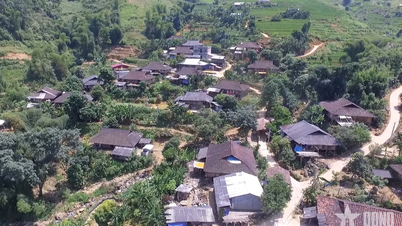


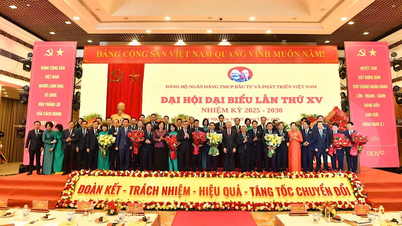







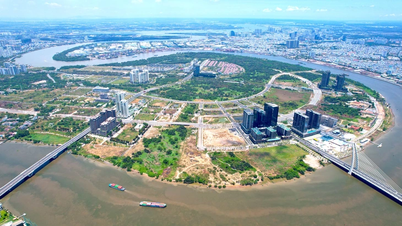
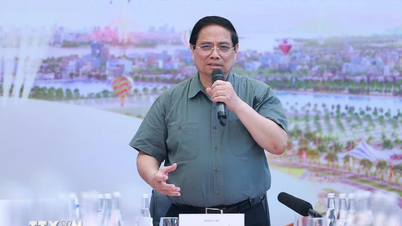














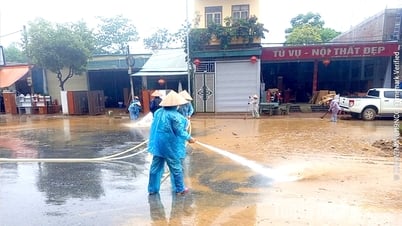

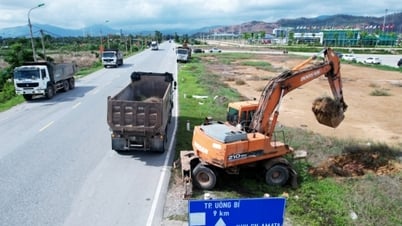

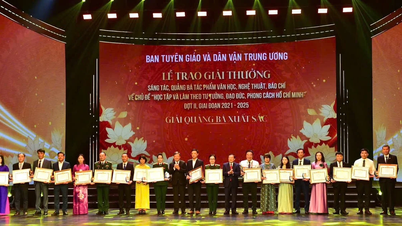



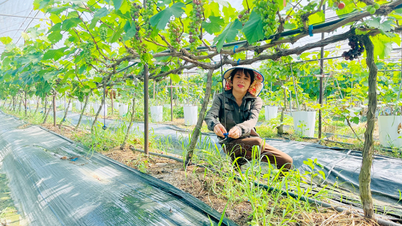



![[VIDEO] - Enhancing the value of Quang Nam OCOP products through trade connections](https://vphoto.vietnam.vn/thumb/402x226/vietnam/resource/IMAGE/2025/5/17/5be5b5fff1f14914986fad159097a677)


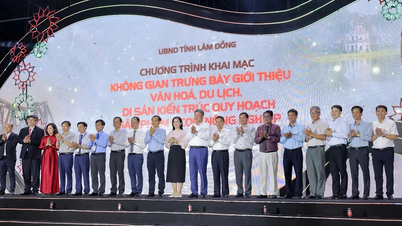
Comment (0)